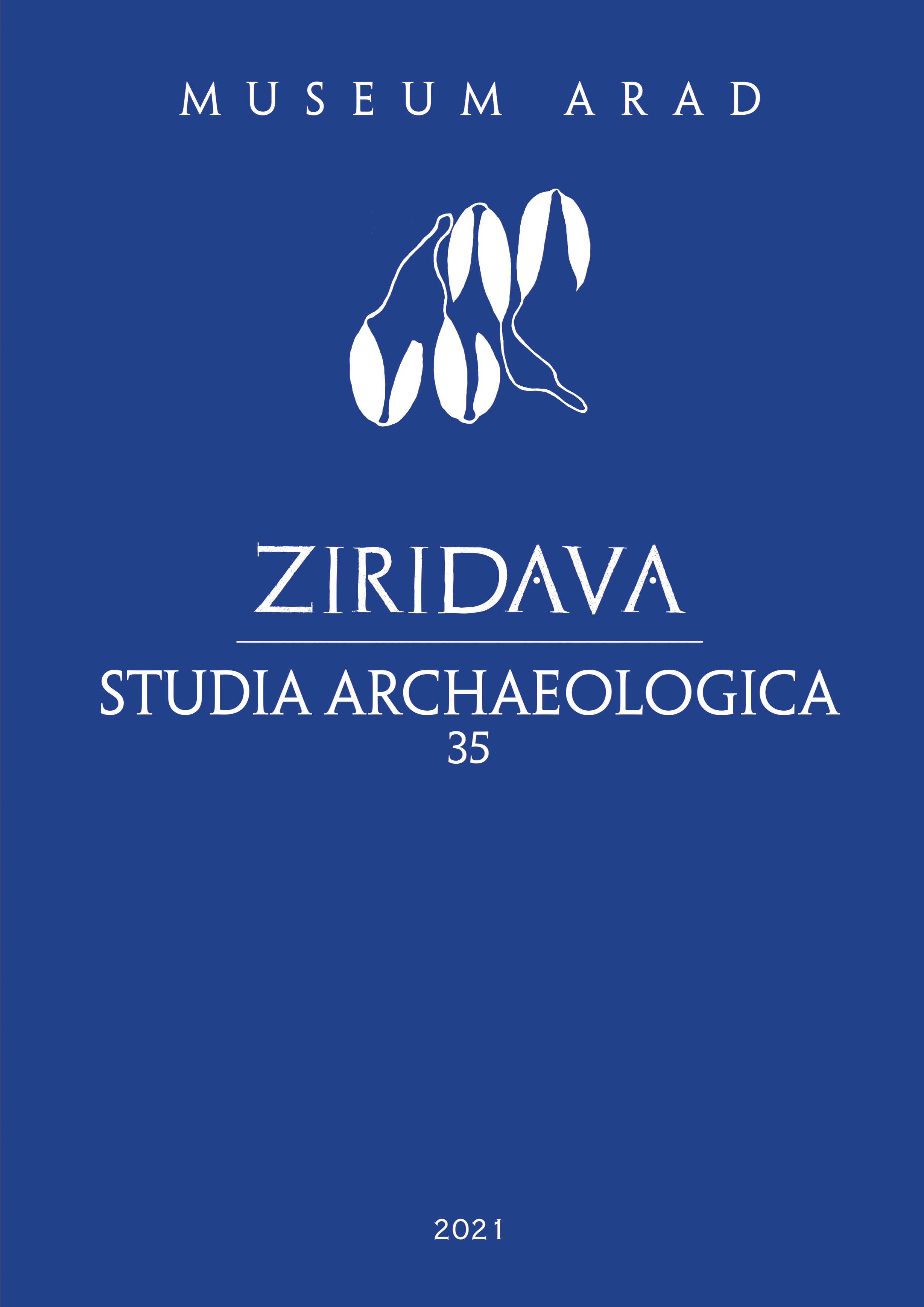Animal management in the Latène settlement (2nd century BC – 1st century AD) at Săvârșin, Arad County
Animal management in the Latène settlement (2nd century BC – 1st century AD) at Săvârșin, Arad County
Author(s): Georgeta El SusiSubject(s): Archaeology, Ancient World, Prehistory
Published by: Editura Mega Print SRL
Keywords: Săvârșin; Latène site; animal breeding; hunting; age profiles;
Summary/Abstract: 89 fragments from the Coțofeni levels and 890 from the Dacian levels make up the fauna sample from Săvârșin. Except for 106 remains collected from the southern terrace (T3/ S13), situated 19 m below, the majority of bones originated from the plateau. Only 575 fragments of the total were assigned to mammals, one to a freshwater fish and 314 are not specified. Domestic segment includes 498 fragments (86.61%) compared to 77 fragments (13.39%) from wild species. Cattle dominate as number of fragments (40.7%), followed by pig with 31.3%, small ruminants with 11.65%, and horse with 2.96%. The hunting is lesser practiced, accounting for 13.39%. The interspecies ratios are maintained as minimum number of individuals (NMI), cattle accounting for 35.4%, followed by pig with 31% and ovicaprids with 16%. The disparity in percentages between taxa reflects a different distribution of their remains by body parts. In comparison to cattle, more maxillary remains were retained in pigs, resulting in a large number of individuals. Sheep and goat account for about 16% of the total individuals, while horse just 3.54%. Game represents 15%, with an emphasis on red deer exploitation. The taxon records 11.65% as NISP, and 8.85% as NMI. While the forested habitat was favourable for them, roe deer, wild boar, and bear had a minor contribution to the diet. Cattle and sheep were mostly slaughtered in their adult and mature stages, suggesting their bred for milk, hides, wool, labour (cattle), and secondary for meat. Goats were relatively numerous within the small ruminant herds, being largely kept for meat. The rugged terrain was conducive to their growth. The pig was exploited for meat round-year. Horse meat was rarely eaten. Hunting covered a small part of the flesh requirements and was done occasionally.
Journal: Ziridava. Studia Archaeologica
- Issue Year: 35/2021
- Issue No: 1
- Page Range: 139-151
- Page Count: 13
- Language: English

